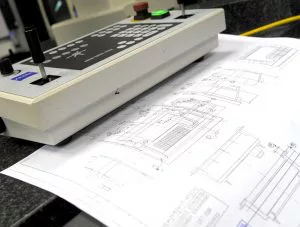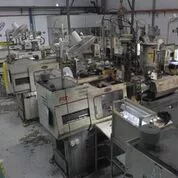Plastics are polymers made of elements like hydrogen, chlorine, nitrogen, and oxygen. The original thought behind manufacturing plastic parts was to imitate materials like metals to get similar product quality with lighter weight.
Manufacturing plastic parts that are customized for a particular use is a step by step process. There is a set sequence of events that need to be followed during the manufacturing process.
Additionally, when it comes to custom plastic parts, it is also important to consider the practical requirements along with the geometric complexity of the design.
Making parts through plastic injection molding is the latest trend in the world of plastics. The ability and ease of using different resins and combinations through the injection mold technique has multiple advantages.
The article walks you through some of the key challenges and steps involved in the process of manufacturing plastic parts.


